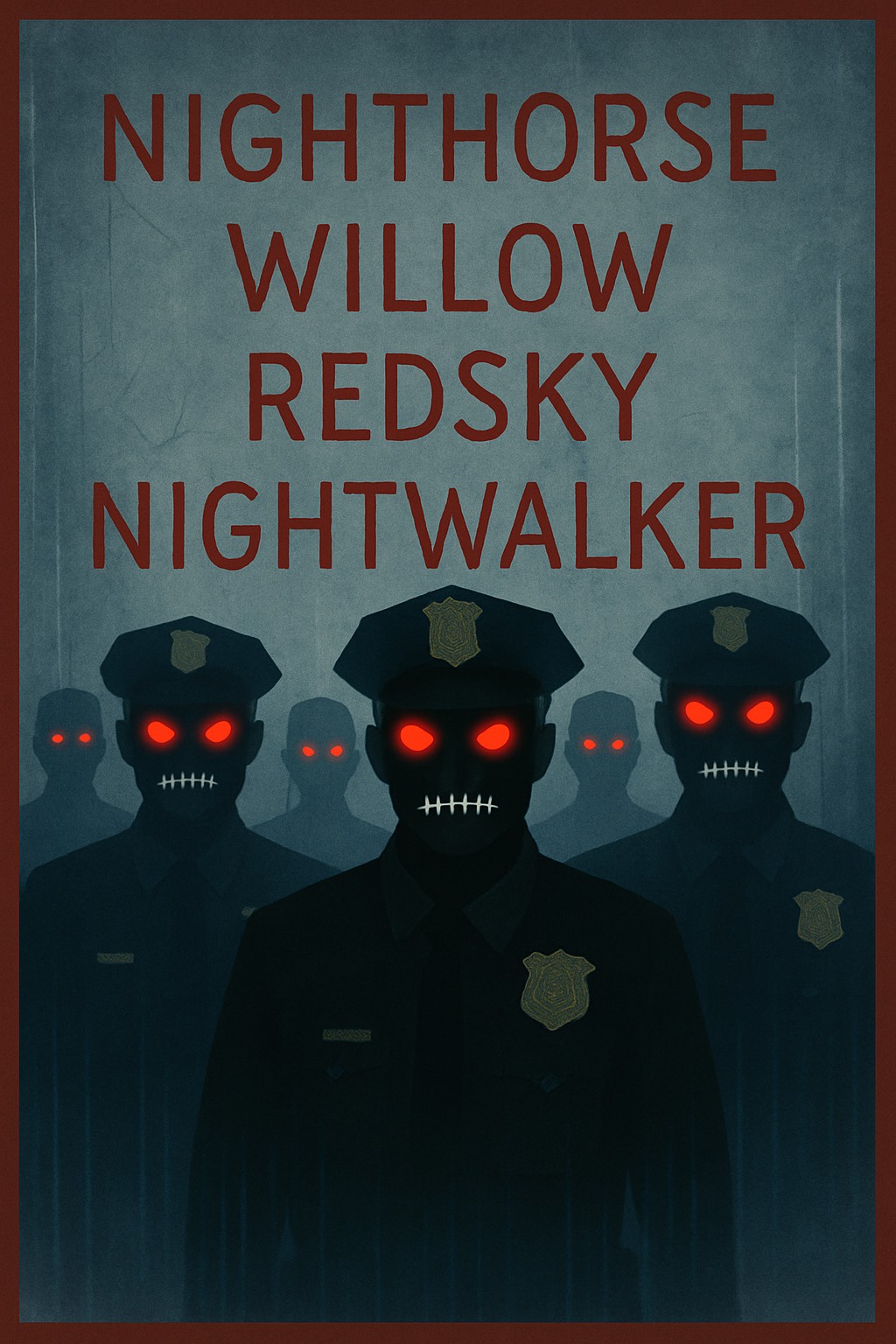Career Focus
Time Savers and Shortcuts
When I was in Grade 2, I discovered what a “shortcut” was. Instead of walking to school along the side of the road, my brother showed me a path through a farmer’s field that could save me five minutes of time.
When I was in Grade 9, I found out what “Coles Notes” or “Cliff Notes” were. I was in an English Literature class and was told to read two classic novels and then write a book report on each. The novels were: “Wuthering Heights” by Emily Bronte, and “To Kill a Mockingbird” by Harper Lee. I struggled to read them. Then a classmate shared a secret and very popular timesaver that every student seemed to be using. It was a slim paper-backed book that summarized classic novels. Instead of actually reading the novel, I could flip through “Coles Notes” and then write my book report using the knowledge from the summarized version. This shortcut was written in easy-to-understand English and was a big timesaver that resulted in an “A” on my report card. I thought my teacher never knew about “Coles Notes” but she probably did.
When I was in Grade 12, I found out what an “alternative route” was. In the early 1970’s when I graduated from High School, all students had to talk with the Guidance Counsellor about what would happen after graduation. Some students chose to take a year off or a gap year and went hitchhiking in Europe, some chose to go directly to University, and some chose immediate work that only required being a High School graduate. Other students chose to attend a community college which the Guidance Counsellor called the “alternative route”. Instead of a 4-year university degree and student debt, community colleges in the early 1970’s provided a one or two year fast track low-cost program. You could achieve a Diploma that was considered practical experience in order to jump right into a job upon graduation. That was my route. It was an alternative time saver and a shortcut to the workplace.
Today when assisting job seekers with their resumes, I often hear the question: “Is there a shortcut to writing this resume?” You might think that the answer is to simply list solo words in point form such as: “hardworking”, “trustworthy”, “computer skills” and “problem solving”. However, when left alone and exposed, these words do not describe very much. Since potential employers want to read a story that explains who you are, using a 2021 timesaver might be the solution to create an impressive resume. Here are two shortcuts to consider:
1) Read job postings.
I recently read a job posting that stated “We are committed to employment equity, and fair and accessible employment practices. We encourage visible members of the BIPOC community, the LGBTQ+ community, and people from culturally diverse backgrounds to apply and self-identify” It sounded very current, and if you are dedicated to supporting diversity inclusivity, I recommend adding a version of this line to your resume depending on who you are and what you are aiming for. For example, in your “summary” section at the very start of your resume, you could conclude this section with this line. Job postings always provide the most current expressions. Use them as a place of research and then borrow a good line if you see it.
2) NOC: This stands for the National Occupational Classifications.
It is Canada’s national system and directory for describing occupations. The NOC lists more than 30,000 occupations and titles in 500 unit groups, organized according to skill levels and skill types. You can access it at: www.noc.esdc.gc.ca For example, if you worked as a Bank Teller in your home country, you could review code 6551 for Customer Service Representative and in the summary section of your resume you could state: “Obtained and processed information required for services including opening accounts and informed customers of banking products and services”. This type of descriptive line is much more powerful than solo words.
In summary, you cannot take a shortcut with your applications, however you can find resources to assist you in writing descriptive lines for your resume, and for your cover letter. Do not shortcut your resume, instead use an alternative way of writing it so you can jump successfully into your job search.
To find out more about resume timesavers and general employment preparation, contact your local Employment Ontario Career Centre and find out if you meet the criteria to use their free services.
Lisa Trudel, Career Specialist with Achēv (formerly the Centre for Education and Training), wrote this article. You can contact Lisa at ltrudel@achev.ca





